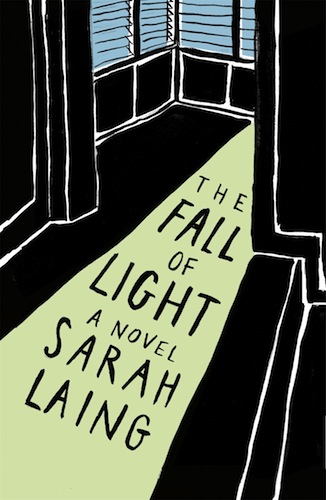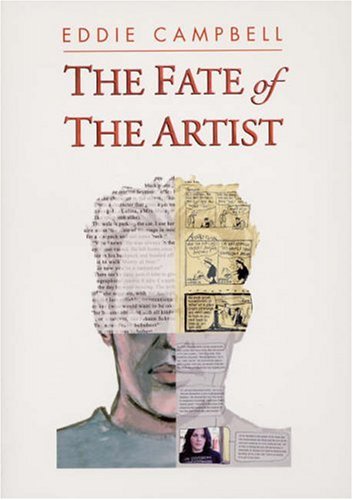
Everyone should read this book. Art Spiegelman spent years “interviewing” his father Vladek about his experiences during World War 2. Most of the book is Vladek’s story, illustrated as a graphic novel. People are drawn as animals according to the major groups – the Jews are mice, the Nazis are cats, Poles are pigs, and other nationalities are represented as other animals. It is a very clever way of dealing with the fact that we (the readers) need to be able to tell the difference, but the actual fact is that people are all pretty much the same. The Nazis thought the Jews were so different, yet they had to force them to wear yellow stars so they could tell them apart. It’s all much clearer in the book, for example when a Jew tries to pass himself off as a regular Pole by wearing a pig mask. This kind of thing is what I like about comics – they use techniques and effects that you don’t see in other media.
Continue reading


